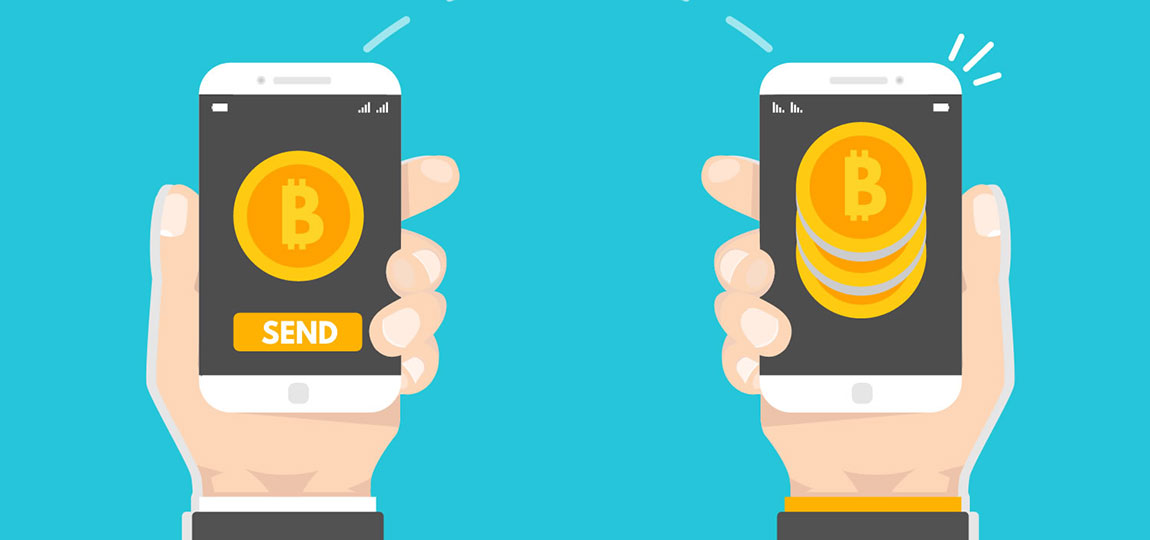It’s a lot easier to send money to people these days thanks to peer-to-peer payments, commonly referred to as “P2P payments”. Using money transfer systems like Zelle, Venmo, and PayPal, you can easily send cash to friends and family over the internet – a lot more convenient than writing a check and sending it through the postal mail!
With P2P payment systems, funds are moved directly from one bank to another bank using the Automated Clearing House (ACH) network. This is in contrast to other P2P payment platforms like Venmo and PayPal, where an account is created and holds a balance.
All of the major P2P systems use encryption technology to protect customers’ financial information. Many platforms also use fraud monitoring and offer support services to deal with questions and issues, and to address unauthorized transactions. It’s best to familiarize yourself with the provider’s security policy, as well as your financial institution’s policy, before signing up for a P2P payment service.
Another way to protect yourself when using a peer-to-peer payment platform, is to sign up for, or opt-into, transaction notifications and alerts. Doing so will allow you to get a text message or email every time money is moved from your account. This can help you to spot any fraudulent transactions as soon as they occur, so you can alert your financial institution or P2P provider.
Other security tips to keep in mind include:
- Only send and receive money from people you know.
- The Federal Deposit Insurance Corporation (FDIC) recommends linking a credit or debit card, or a bank account, when using P2P payment services. By following this advice, if your money is misdirected, you can have the matter resolved by federal law. Keep in mind that if you keep funds in a P2P account, rather than a bank account, you are subject to the P2P provider’s policies and state laws, which can vary.
- Always double-check the phone number, name, and email address of those you’re conducting transactions with to avoid making a mistake and sending money to the wrong person.
- If you use a provider that requires you to set up an account with them, check the account activity on a regular basis and immediately report any suspicious activity to the provider.
While P2P payments are typically a lot more convenient than writing and sending paper checks, understand that they’re not instant. While transactions and notifications are sent and received almost instantaneously, it may take two to three business days for the transactions to actually be completed and posted to your account. The amount of time these transactions will take to post will vary depending on the P2P service or bank used. It’s also a good idea to read all of the fine print before using a P2P payment service, and understand any fees that may be involved.
